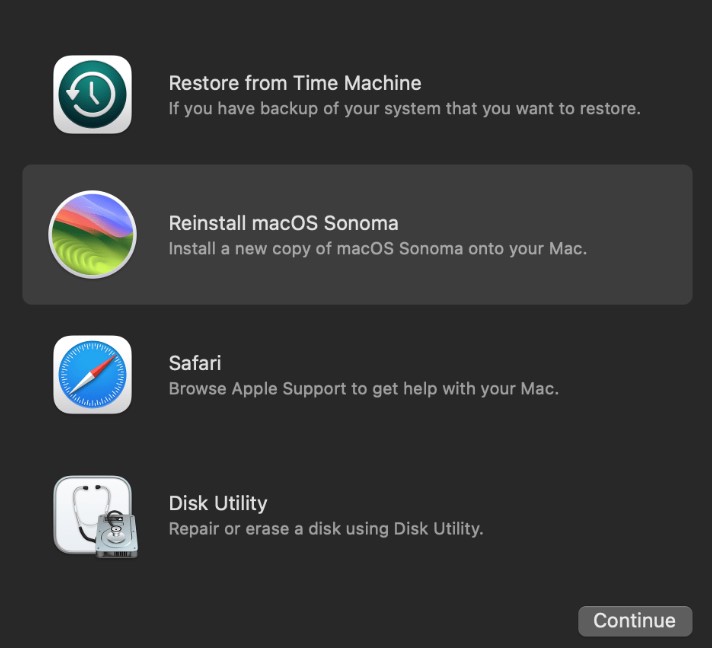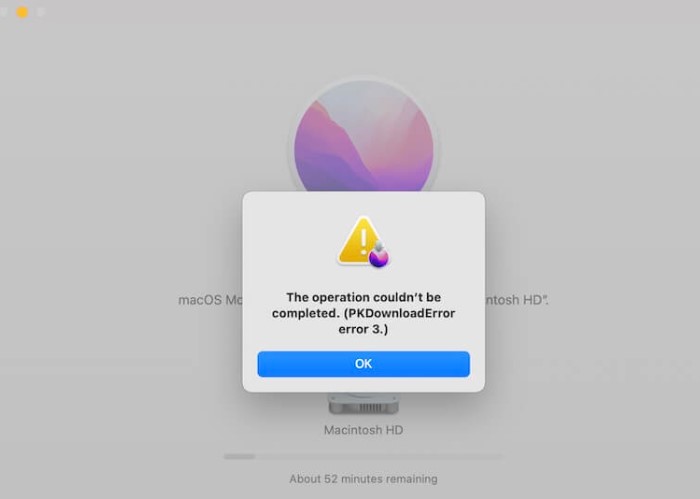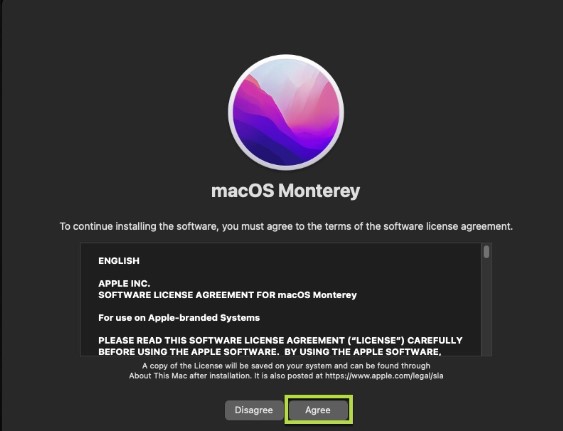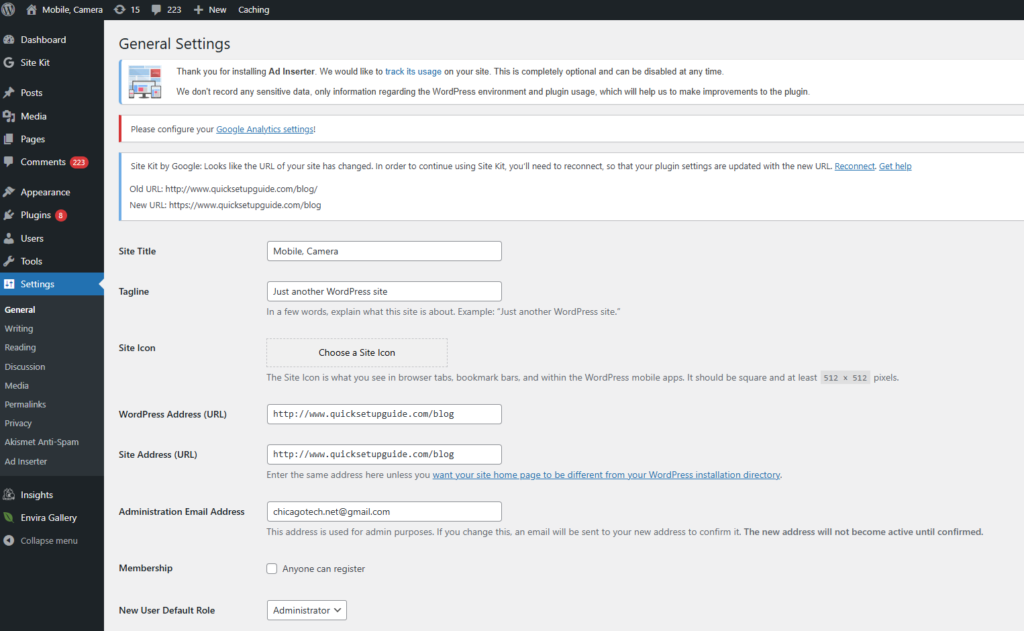Resetting a macOS password can be done using several methods depending on the version of macOS you are using and whether you have certain security features enabled. Here are some common methods:
Method 1: Using Your Apple ID
If you have linked your Apple ID to your user account, you can use it to reset your password.
- At the login screen, click on the question mark icon in the password field or the “Forgot all passwords?” option.

2. Follow the prompts to reset your password using your Apple ID.
Method 2: Using Recovery Mode
You can use macOS Recovery to reset your password.
- Restart your Mac and hold down
Command (⌘) + Rimmediately after you hear the startup sound to enter Recovery Mode.

2. Once in Recovery Mode, select Disk Utilities.

3. Select Terminal from the menu bar.

4. In Terminal, type resetpassword and press Enter.

5. The Reset Password utility will open and reset the password.

Method 3: Using Another Admin Account
If you have another administrator account on your Mac, you can use it to reset the password for your account.
- Log in to the administrator account.
- Open System Preferences and go to Users & Groups.
- Click the lock icon and enter the administrator password.
- Select the user account you want to reset the password for.
- Click Reset Password and follow the instructions.
Method 4: Using FileVault Recovery Key
If FileVault is enabled on your Mac, you can use the recovery key to reset your password.
- At the login screen, click on the question mark icon in the password field.
- You will be prompted to enter your FileVault recovery key.
- Enter the key to reset your password.
Method 5: Using Single-User Mode (Advanced)
If you are comfortable with using the command line, you can reset your password through Single-User Mode.
- Restart your Mac and hold down
Command (⌘) + Sto enter Single-User Mode. - At the command prompt, type the following commands one by one, pressing Enter after each:bashCopy code
/sbin/fsck -fy /sbin/mount -uw / rm /var/db/.AppleSetupDone reboot - This will force your Mac to rerun the setup assistant, where you can create a new administrator account.
- After setting up the new account, log in and use it to reset the password for your original account through System Preferences > Users & Groups.
Method 6: Contact Apple Support
If none of the above methods work, you may need to contact Apple Support for further assistance.
Tips:
- Always keep a backup of your important data.
- Regularly update your Apple ID and security settings.
- Consider using a password manager to keep track of your passwords.
Choose the method that best fits your situation and follow the steps carefully to reset your macOS password.
Please view this step by step video:



















